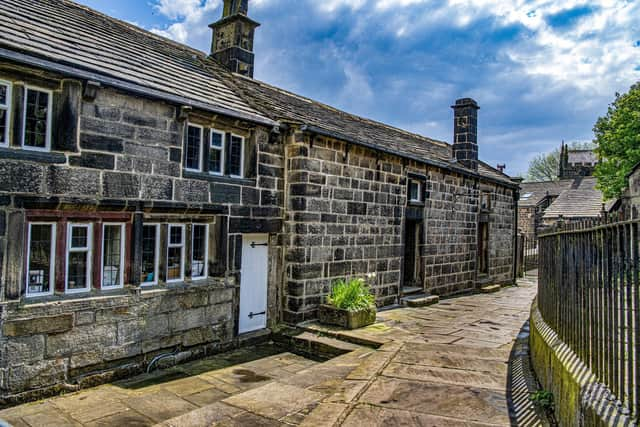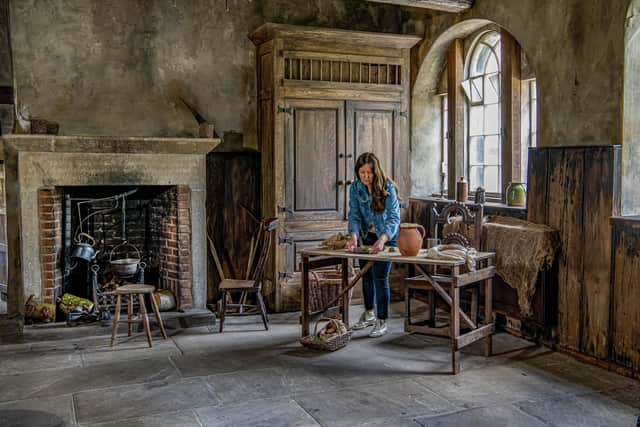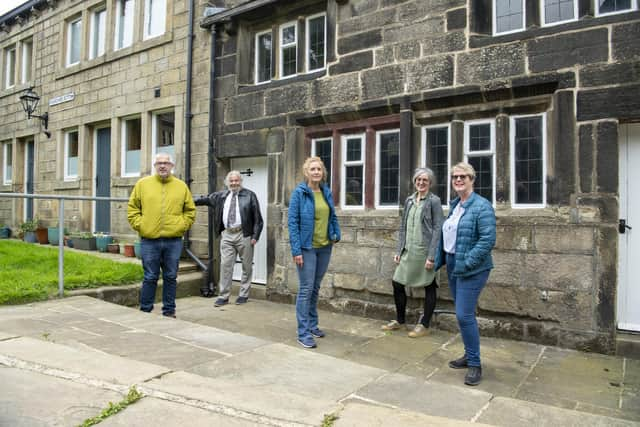Little-known valley is a must-visit as home of BBC period drama and stunning museum that now attracts thousands
and live on Freeview channel 276
Heptonstall Museum faced an uncertain future after Calderdale Council decided to dispose of the historic building, having run it since 1972.
Instead, a group of passionate local residents took on a 125-year lease to operate the site as a community asset and it re-opened in May.
Advertisement
Hide AdAdvertisement
Hide AdTheir efforts were boosted by the building’s exposure in the BBC period drama The Gallows Pole, shot in the Calder Valley, as the museum, which was formerly a warehouse, school and later a bank, was used as a filming location.


The volunteers’ first exhibition was about the Cragg Vale Coiners, whose exploits formed the plot of the series, and they kept one of the museum’s rooms dressed as the set.
Despite only being open from Thursday to Sunday, the 20 volunteers who staff the venue had welcomed 3,000 visitors by November. They have also hosted 22 events including book launches, poetry workshops, music and drama nights.
Trustees have confirmed that the Coiners-themed exhibition will stay in place for another year, with a focus on the creation of more events and activities in the museum.
Advertisement
Hide AdAdvertisement
Hide AdA membership scheme, admission fees and the sale of merchandise – much of it made by local artists and crafters – all contribute to the running costs of the museum. To support longer-term ambitions, the charity is seeking grant funding to carry out works to the building and explore the potential to make better use of vacant areas.


For Christmas, there was a craft fair and wreath-making workshops.
Trustees’ chair Tim Machin said: “Bringing new life into the museum is about more than just showing off our area’s unique heritage; it’s also an opportunity to bring people together and celebrate our community. The
volunteers are our lifeblood - from welcoming visitors to planning and running exhibitions and events, there are plenty of opportunities to get involved."
Advertisement
Hide AdAdvertisement
Hide AdVolunteer Pamela Seal added: “‘Moving back to the area after 45 years away, I wanted to find something local to volunteer at where I could get to know the community and combine it with my love of history. The museum was perfect for this, and I love spending time with visitors and telling them how wonderful Heptonstall is and the stories around it.”


Before its closure in 2020, Heptonstall Museum had limited opening hours and a ‘dated’ collection mainly relating to the building’s spell as a schoolroom. Parts of the site were underused.
Grade II-listed, the museum was built in 1600. The volunteers want to use the space to tell the village’s stories – from the growth and decline of the cottage weaving industry to the fate of the Cragg Vale Coiners’ leader David Hartley, who is buried nearby. The churchyard also contains the grave of the writer Sylvia Plath, and the trustees are hoping literary tourists will pay respects and reflect on her life at the museum to prevent overcrowding at the church.
The old schoolroom became an inn called Barb’s for the filming of The Gallows Pole, and recently poets and musicians who appeared as extras in the BBC production were invited back to Heptonstall for a night of live performances at the museum.
The takeover was described as a ‘leap of faith’ by the trustees – but it is one that has paid off so far.
